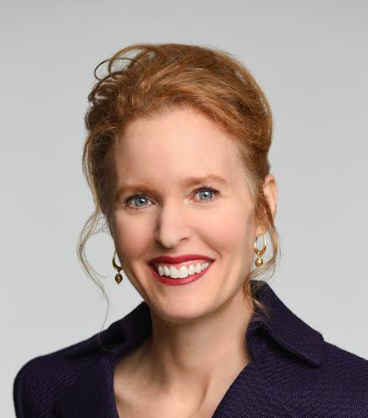
In our previous article, we focused on how the world’s poorer citizens are most vulnerable to the globe’s most dangerous crises: COVID-19 and climate change. The people at most risk of contracting COVID-19 – low-income individuals, women, workers dependent on working in the informal economy, and racial and ethnic minorities – are also the same citizens that are most at risk due to the climate crisis. Reaching true social equity will require a focus on both addressing climate risks and ensuring some level of finance is available to all.
Social equity requires a focus on long-term recovery
The past several months of the COVID-19 pandemic can tell us a lot about how to address climate risks, and importantly how to do so in ways that can achieve social equity. A strong post-COVID-19 recovery could be a unique policy and investment opportunity to address both climate resilience and equity issues by squarely incentivizing, or even mandating, the financial sector to fill what has otherwise been a gap in financing in order to create resilience for the most vulnerable.
Many policy makers are thinking through practical ways to action this right now. For example, a recent OECD report on Green COVID Recovery recommends “integrating environmental sustainability and socioeconomic equity” in policy packages – by, for example, lowering labor taxes concomitantly with raising taxes on pollution - in order to build long-term resilience, boost the prospects for social equity, and mitigate the regressive effects of environmental policies.
In addition, the IMF has been supporting this idea by promoting a “smarter, greener and fairer” recovery. As the current IMF Managing Director, Kristalina Georgieva, has stated, “We cannot turn back the COVID-19 clock, but we can invest in reducing emissions and adapting to new environmental conditions.”
However, how exactly sustainable and equitable COVID-19 recovery plans can support vulnerable communities – particularly those local communities hardest hit economically, and most exposed to climate related risks - remains to be seen.
There are several ways to do this, and the options to enhance resilience and close the equity gap include both public policy and private investment. There is no need to start from scratch, though, and the following recommendations provide practical mechanisms for achieving social equity within the financial ecosystem, and increasing the availability of affordable financing for climate-resilient investments for vulnerable communities:
The role of financial institutions like CDFIs and green banks
Community Development Financial Institutions (CDFIs): CDFIs are financial institutions with, with the support of the U.S. Treasury Department, are tasked with providing low- and moderate-income communities, individuals, and smaller firms with affordable capital.
In the United States, there are more than one thousand CDFIs in the form of commercial banks, credit unions, and venture capital firms that are currently financing low-income communities, each of which can be mobilized to create community level climate-resilience. While CFDIs are beginning to take notice of the importance of climate change to the communities they serve, post-COVID mandates can help them better serve these communities’ climate-resilience needs. Nevertheless, coordination, capacity and financial support by the federal government may essential to unlocking CFDIs for climate adaptation.
Green Banks: In addition to CDFIs, Many U.S. states (and more than 35 countries around the world) have green banks or green banking mechanisms, which in a nutshell, “leverage public funding to attract private capital for clean energy projects”.
These institutions are – by design and mandate – focused on climate finance and investment, but traditionally have been far more focused on renewable energy or energy efficiency investments. Expanding the model beyond energy to include a greater variety of climate-related projects that support vulnerable communities, including mobilizing private investment so it can help attain authentic social equity, could help ensure these institutions address all aspects of climate change, not simply mitigation.
Furthermore, these institutions could be critical links in the financial “ecosystem” by bundling and securitizing pools of local investment which can then be bundled to create investment vehicles for larger investors, as was the case with the Connecticut Green Bank’s securitization of solar home renewable energy credits.
In short, the global business community can’t address the COVID-19 crisis without viewing it through the lens of climate change – and we need to retool the financial sector in order to help guide the world’s poorer citizens through both this pandemic and navigate through the long-term risks linked to climate change.
Co-author Stacy Swann is CEO of Climate Finance Advisors, a Benefit LLC with the explicit purpose of creating a material positive impact on society and the environment. Ms. Swann is also a Board Member of the Montgomery Country Green Bank.
Image credit: Lawrence Makoona/Unsplash

Joyce Coffee, LEED AP, is founder and President of Climate Resilience Consulting. She is an accomplished organizational strategist and visionary leader with over 25 years of domestic and international experience in the corporate, government and non-profit sectors implementing resilience and sustainability strategies, management systems, performance measurement, partnerships, benchmarking and reporting.














